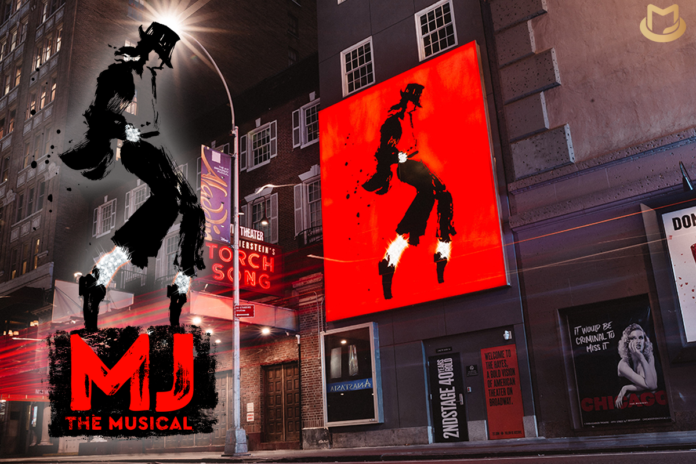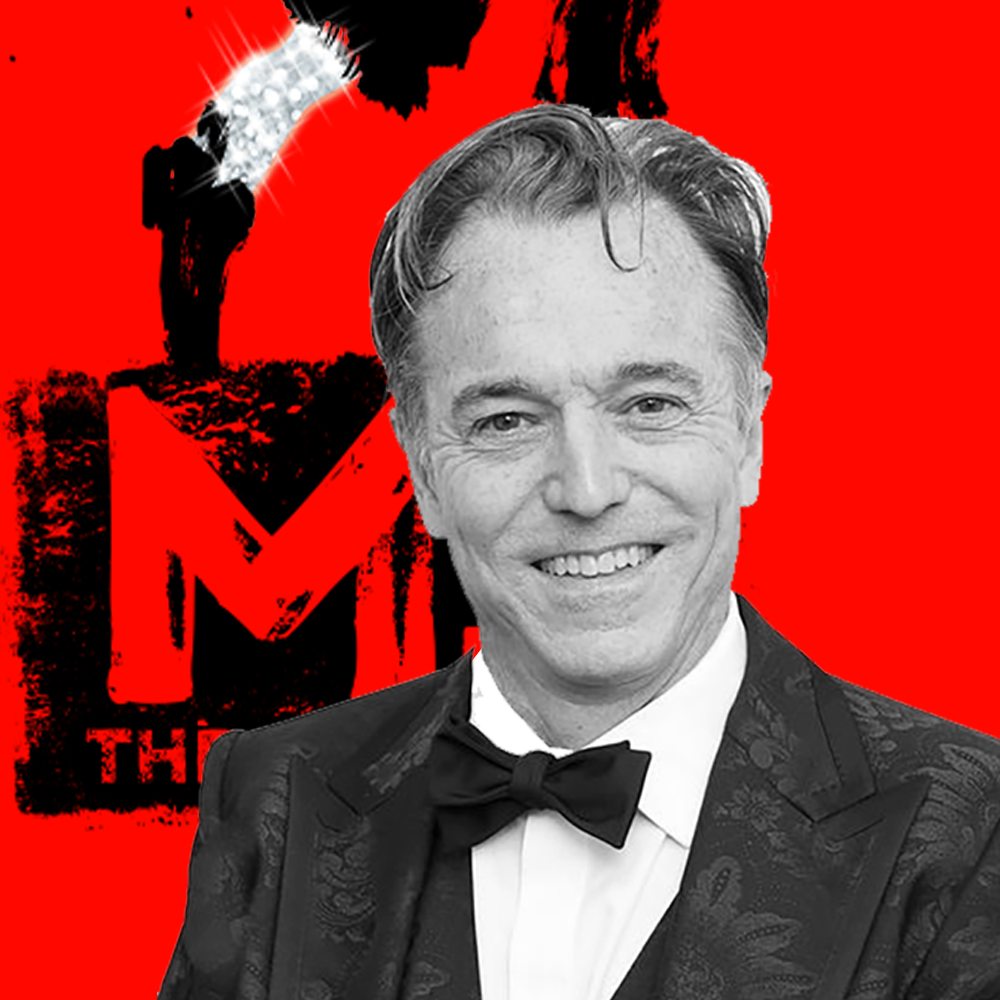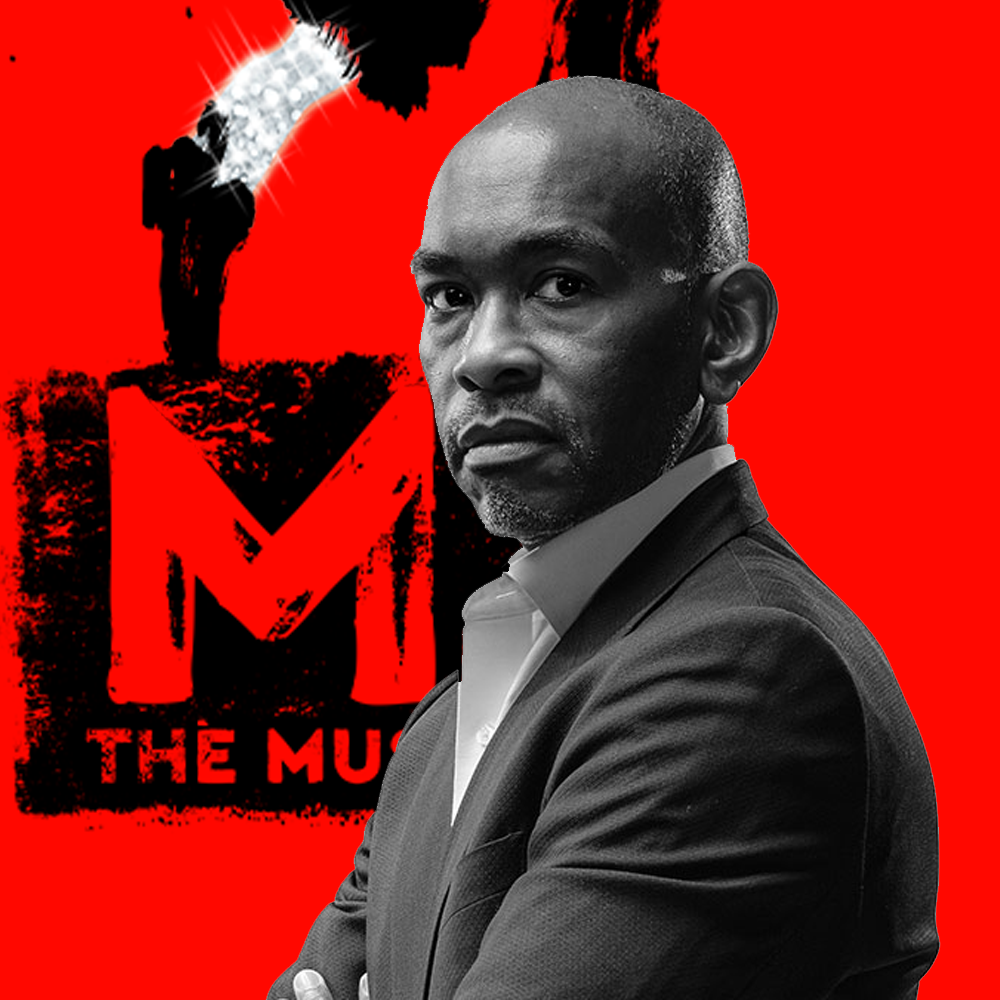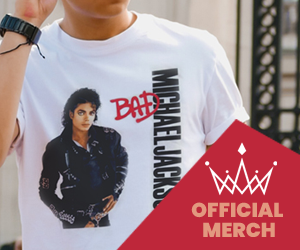2 of the creative team of MJ The Musical have been interviewed on their work on the musical. It seems that the Michael Jackson Estate are pulling all their efforts to promote the musical with the docuseries, interviews of casts and so on. This time is from the Scenic designer and the costume designer. Who are they and what they are telling us about the upcoming musical:
DEREK MCLANE
SCENIC DESIGN
Nearly 350 design credits including, Broadway: Moulin Rouge! (Tony Award nomination), A Soldier’s Play (Tony nomination), Burn This, American Son, Parisian Woman, The Price, Beautiful, Fully Committed, Noises Off, Gigi, 33 Variations (Tony Award), China Doll, How to Succeed in Business Without Even Trying, The Heiress, Follies, Anything Goes, Bengal Tiger at the Baghdad Zoo, Million Dollar Quartet, Ragtime, The Pajama Game, I Am My Own Wife. Off-Broadway: Buried Child; Jerry Springer The Opera; Merrily We Roll Along; The Spoils; If I Forget; Love, Love, Love; The Night of the Iguana; Sweet Charity; Into the Woods; Ruined; The Last Five Years. Television: 6 years of the Academy Awards, NBC Musicals: The Sound of Music, Peter Pan, The Wiz and Hairspray. Derek is the Chairman of the Board of The New Group Theatre. Awards: A Tony Award, 2 Emmy Awards, 2 Obie Award, 2 Drama Desk Award, 3 Lucille Lortel Awards, and 2 Art Directors Guild Awards.
What were your thoughts when you were first asked to do MJ?
It’s interesting, because the way that Lynn Nottage has structured the story, it is based in a dance studio: Michael Jackson is rehearsing with a company of dancers and a team that is putting a tour together. Basically, when the audience comes in, the first thing they will see is this beautiful, sunlight-filled dance studio with tall windows — and that’s the place where most of the story happens. My job, first and foremost, was to design that room in way that works well for that story. And then, because the story is so inherently theatrical, it really becomes about transformation, the way that the dancers in the story transform into other characters and the way that the objects in the room can transform into the places and events in the story being told. So everything in the set is designed to transform.
Is the tour being rehearsed the famous 1992 Dangerous tour?
It is the Dangerous tour, but we are not very specific about that a lot of the time. I think the core of the story is an investigation into his creative process: looking at his artistry, how he works with dancers, how he creates the songs and puts them together, how he puts a dance number together. So while it is the creation of the Dangerous tour, I think also some of that could be anywhere in his creative process. It is really about getting inside of the mind of how he creates.
How does your set design reflect the changes going on in his mind?
The story jumps backward and forward in time; it is not a linear story at all. Some of the transformations have to do with particular events in his life — working with a particular producer, or when he created a particular song and how that came about. And then some of it is how he thinks imaginatively about music and song and dance. I think another big part of that is how he is always pushing to make everything better. He was real perfectionist — he always wanted to make something better.
What would you say were your biggest challenges working on this production?
I think it the biggest challenge — for all of us — is living up to the challenge of Michael Jackson, who was such a creative genius and created magic on stage. More specifically, this is a very fast-moving story at times and involves quick imaginative leaps. So it is about how to make the physical transformations in a show that never stops moving.
Is there anything in this production that’s different from others you have worked on before?
It is very different in a couple of ways. One, we don’t really land in a physical place for very long in this story. In some stories you go from one place to another and you have a long scene there. This one moves more quickly than that. This is an enormous dance piece; there is an incredible amount of choreography and dance in this piece. From the workshops that we have done, I know that Chris Wheeldon has staged the transitions in a very fluid, choreographed way, and so I need to make all the physical things that help tell the story move in that way. Most of the stuff is moved by actors in the story, and so I have to make it specific and smooth enough so that it feels effortless. That was a new challenge for me.
Were you a Michael Jackson fan growing up?
Very much so. Michael Jackson was, I think, two months older than me. When I was a child I listened to his music on AM radio all the time. I was always aware, because the DJs talked about it all the time, about his age. It was absolutely mind-blowing for me that there was a 9-year-old or a 10-year-old in the world who could sing and perform like that, and was my age. He seemed superhuman to me when I was a child. And I grew up as he grew up, in a way, watching his musical style evolve. I never met him — he lived in a whole different universe from me — but the fact that this prodigal genius who was my age, for some reason that age thing always stuck with me. I was deeply saddened when he died
PAUL TAZEWELL
COSTUME DESIGN
Paul has been designing costumes for Broadway, Regional Theater, Film and Television, Dance, and Opera Productions for close to thirty years. He began his Broadway career with the groundbreaking musical, ‘Bring in Da Noise, Bring in ‘Da Funk, directed by George C. Wolfe. Paul is best known for his work with both of Lin-Manuel Miranda’s Tony Award winning Original Broadway productions of Hamilton, for which he received the Tony Award and In the Heights, both directed by Thomas Kail. Other Broadway credits include Ain’t Too Proud; The Color Purple; Memphis; Caroline, or Change; and Elaine Stritch at Liberty. Paul’s feature film credits include, Harriet directed by Kasi Lemmons and starring Cynthia Erivo, Hamilton directed by Thomas Kail and the anxiously anticipated West Side Story, directed by Steven Spielberg. TV credits include the HBO Original Film The Immortal Life of Henrietta Lacks, starring Oprah Winfrey and Lackawanna Blues, both directed by George C. Wolfe. Paul also designed costumes for “The Wiz! Live,” for which he received an Emmy Award and “Jesus Christ Superstar Live in Concert” featuring John Legend. Both were for NBC. In the United States and across the globe, Paul has designed for such renowned companies as The Metropolitan Opera, The Bolshoi Ballet, The English National Opera, Theatre du Chatelet, The Public Theater, National Theatre UK, The Kennedy Center, The Guthrie Theater, Arena Stage, Houston Grand Opera, San Francisco Opera, The Chicago Lyric Opera and many more. Paul holds an MFA from New York University and a BFA from North Carolina School of the Arts. He has been privileged instructing students as a guest artist at both New York University and North Carolina School of the Arts. From 2003-2006, he held a faculty position at Carnegie Mellon University. Paul currently resides in Brooklyn, NY.
How did you start work on MJ?
I was excited, to say the least. I was very fond of Michael Jackson — his music played throughout my youth. Most specifically, I’m one of four brothers and, when the music came out, we spent a lot of time pretending to be the Jackson Five! My work is always informed by the script and the story, and how the director wants to tell that story. For me, that means to make sense of when we are, where we are, and who the people are as the story is opening up.
Did you do a lot of research on this project?
Oh my god, yes. That’s how I start with any production, to get to the heart of what it actually was. Finding images that are accurate for what they wore, how it was built, what the fabrication was, looking at videos, and also family photos — whatever I could find of his early life documented as well. And then, after a long period of collecting all that information, I transposed it. It is very important to the production overall to make sure that we establish the iconic looks that had been established over the years. For the other numbers — not for the character of Michael — I also did a riff on the style of some of those images. I think you get the flavor of the iconic Michael Jackson look throughout, but also within the ensemble, in the bigger and showier numbers as well.
So, within the fluid concept of the show, we get to see younger incarnations of Jackson as well?
The theatrical real time kind of takes place in the middle of his life, and then we flash back to the forming of the Jackson Five and to interactions with the family. It is tricky for a costume designer because the audience needs to be able to follow what year a scene is currently being played in.
What is the most challenging aspect of this show for you?
I think with all of these musicals about performers, what I find is that the action needs to be seamless. The choreography doesn’t allow for a lot of easy costume changes. I have to be very creative about how we make those changes, whether we are going back in time or going into a big number. There is so much imagery in the media that surrounded Michael Jackson, so it wasn’t difficult to find the images. It was about how to honor those images, and that was the investigation, as well as making the design choices. I think scenically, costume-wise, lighting-wise, staging, all of that is about working to create an experience that feels urgent, seamless, and exiting to watch. And that then becomes a magical theatrical experience. So how do you get all of those to lead up to the icon that was Michael Jackson?
Is there something special for you with this musical?
I think it is the opportunity and to have the responsibility to dig into Michael’s amazing creative brain. I think it was a great honor. And all collaborators are giving their A-game — they are all top-level creators, writers, and designers — so I was very excited working on this production.
Finally, this is about how you became a costume designer. You’ve said that you aspired to be a leading man on Broadway, but as a young Black kid in America, at that time you felt that could never happen, so you chose a career path as costume designer instead. What do you think of the gradually changing climate on Broadway — Hamilton and beyond — now?
I think it is miraculous and it is very helpful. But there are still sensibilities, minds that need to be changed. Generally, it comes down to the work that we each create as theater artists in order for the whole environment of the entertainment industry to be inclusive. And it isn’t just about putting Brown and Black and Asian faces into roles originally written for Caucasian people. It is about telling stories that are specifically about Brown and Black and Asian people. Starting there. I think that it is ultimately us that will be opening up the sensibilities of the producers that will make everyone welcome and value everyone’s story in the same way.
What do you think the young Paul might have done today?
I am so grateful that I’m doing what I am doing. I love costume design. So I was born at the right time, obviously. Who knows what I could have been!
Interview done by Gerard Raymond for Broadway Direct.
For more information and tickets on MJ The Musical, Click here.






